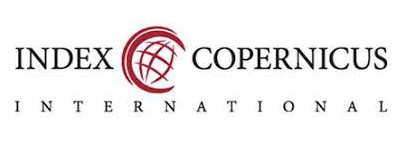Strategies of Regency Adiwiyata (Green) School Management at Secondary Education Level in Sintang Regency
DOI:
https://doi.org/10.21776/ub.jpal.2018.009.02.07Abstract
This study aims to identify the strengths, weaknesses, opportunities and threats (SWOT) Â and formulate coaching strategy of Adiwiyataschools in Sintang Regency. A qualitative descriptive method with IFAS and EFAS analysis technique were used. The results shows dominant strengths factor including vision, mission and objectives that are environmentally sound in Adiwiyata school team. Meanwhile dominant weakness factor involves the limited budget allocation for Adiwiyata development. The dominant factor of opportunity and threat including ability in followingcompetencies in other activities in the field of environment and mutations of school principals or teachers, respectively. Adiwiyata regency school positions based on IFAS and EFAS analysis are in quadrant II (23,-5). Thus the coaching strategy includes (1) capacity building, skills and knowledge of Adiwiyata team through seminars and training funded by local government; (2) Budget allocation proportionally for supporting activities of Adiwiyata both from schools and local government that is regularly enrolled every year; (3) Vision, mission and school objectives must accommodate local wisdom of the community in protecting the environment; (4) school principal and teacher mutations should consider tracking not on a pragmatic basis. To realize the coaching strategy needs to be done continuous cooperation between the schools with various stakeholders so as to increase the predicate Adiwiyata at a higher level.Keywords: Coaching strategy, Regency Adiwiyata, School management, Sintang Regency
Downloads
Published
2018-07-23
Issue
Section
Articles
License
Authors who publish with this journal agree to the following terms:
- Authors retain copyright and grant the journal right of first publication with the work simultaneously licensed under a Creative Commons Attribution License that allows others to share the work with an acknowledgement of the work's authorship and initial publication in this journal.
- Authors are able to enter into separate, additional contractual arrangements for the non-exclusive distribution of the journal's published version of the work (e.g., post it to an institutional repository or publish it in a book), with an acknowledgement of its initial publication in this journal.
- Authors are permitted and encouraged to post their work online (e.g., in institutional repositories or on their website) prior to and during the submission process, as it can lead to productive exchanges, as well as earlier and greater citation of published work (See The Effect of Open Access).














